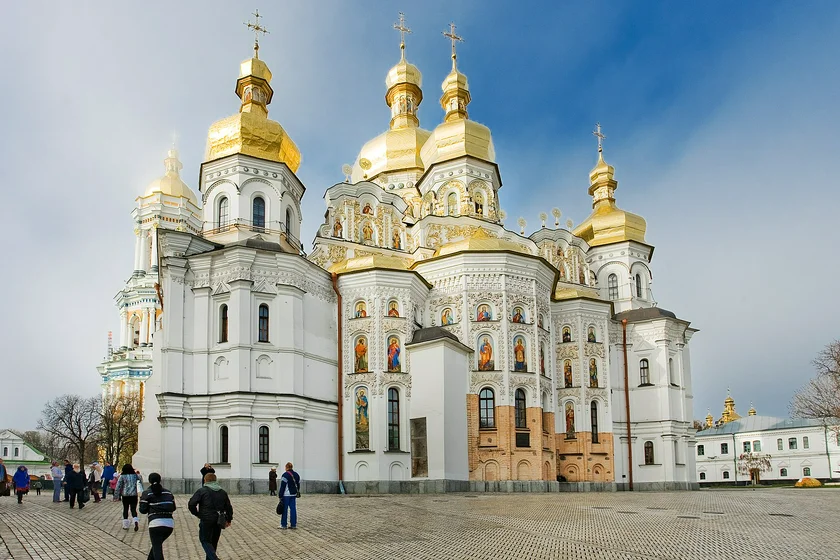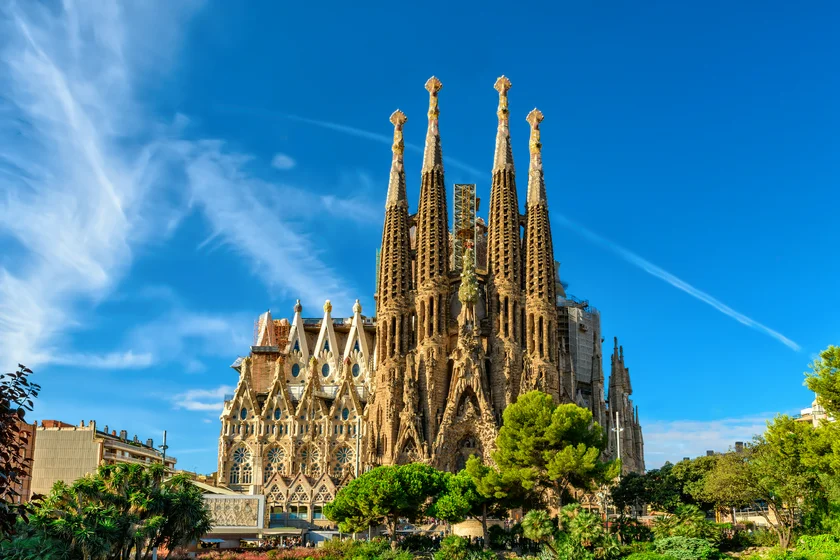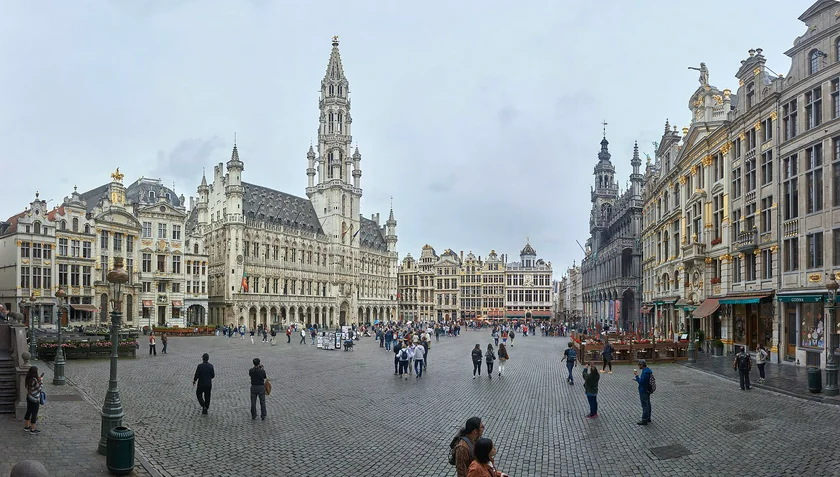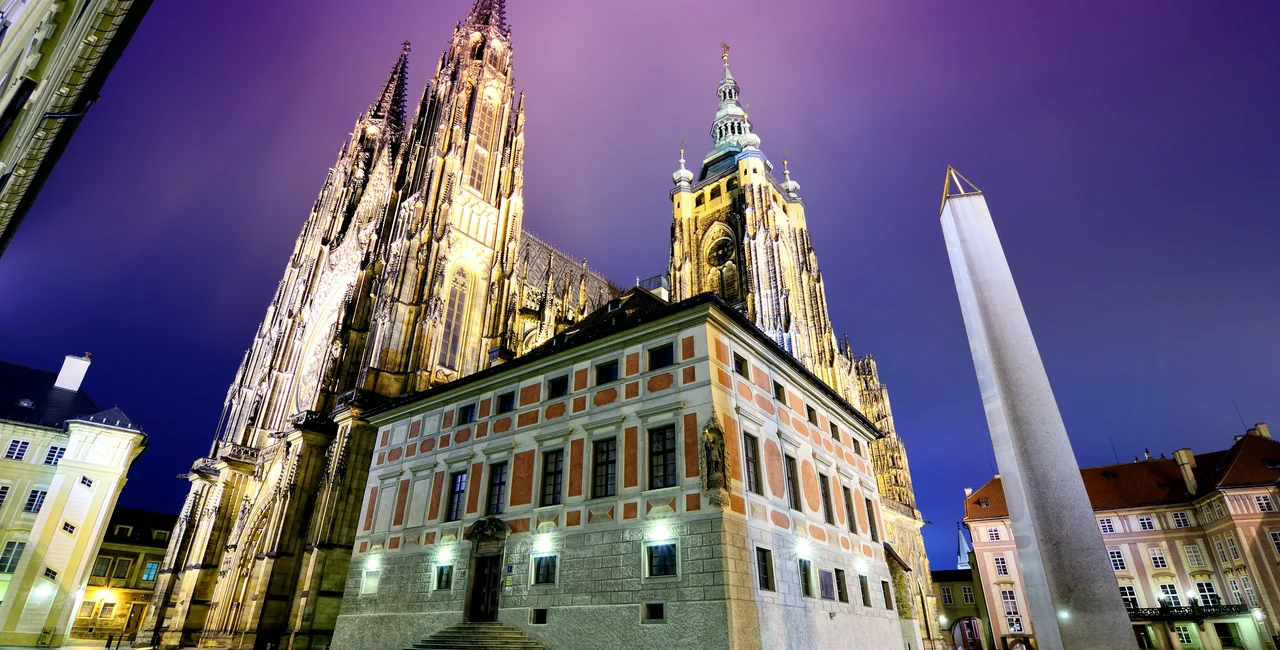There are many ways to judge beauty. It is usually considered subjective, something determined by the eye of the beholder. One home design company recently applied some statistical analysis, and while exactly what their math is intended to show remains unclear, Prague Castle came in third place.
Any list that ranks Prague highly is a good one, unless it refers to beer, as the city authorities are trying to shake off the cheap alcohol image and instead position itself as a destination for culture.
The concept behind the list of Europe's mathematically most beautiful landmarks, which was made by Homedit and first reported by Timeout London, is that the most beautiful landmarks match the Golden Ratio, something found in patterns in nature, classical art, and the flag of Togo.
Euclid, a mathematician in ancient Greece, first noted the idea. It has had its fans ever since ranging from Leonardo Da Vinci to Salvador Dali. Many classical paintings rely on the ratio both for the full shape and for the placement of objects within the image. Modern architects such as Le Corbusier often used it, though none of his buildings made Homedit’s list.
According to Wikipedia, the ratio after a lot of algebra involving addition, division, and the Greek letter phi, works out to the irrational number 1.618033988749. We’ll just take their word on that. In practice, a rectangle that has one side at 10 cm and the other at 16.18 cm embodies the Golden Ratio. The shape is something like a typical postcard or theater screen.
How the pool of analyzed landmarks was selected was not disclosed, but they are mostly in major cities that are frequented by tourists, save for the last two which are both popular castles in more isolated spots. Also exactly what numbers were being compared to create the ratio is not fully explained, but it seems to be the height and the width of each landmark.

The best landmark, by this murky analysis, was Kyiv Pechersk Lavra, aka the Kyiv Monastery of the Caves. The gold-domed religious complex has been an important location for Eastern Orthodox Christianity for almost 1,000 years.
The complex is quite large, but the most iconic part is the Dormition Church. After war damage and neglect, it was finally restored in the early 2000s. The Homedit list says it deviates from the Golden Ratio by 0.69 percent of the Golden Ratio.
Second, deviating by 5.23 percent, is Barcelona’s Basilica of the Sagrada Família. The unfinished church was mainly designed by Catalan architect Antoni Gaudí, and could finally be finished by 2032. The building continues to divide public opinion but even its detractors admit that it is a unique specimen and deeply personal statement.

Prague Castle came in third with a deviation of 7.88 percent. This likely refers to St Vitus Cathedral, as the entire castle is rather long and narrow. The cathedral was completed in 1929, and its oldest parts date to 930 AD.
Fourth place goes to Brussels's Grand Place, with a 10.58 percent deviation. This is actually the Belgian capital’s main square, though it has several notable buildings such as the Town Hall and the Bread House.

Finishing out the top five is Dublin’s St. Patrick’s Cathedral, off from the Golden Ratio by 15.17 percent. The center of the Church of Ireland was founded in 1191 and had major renovations in the 19th century.
The rest of the list is Rome’s Trevi Fountain, Paris’s Notre Dame, Milan’s Duomo, Bavaria’s Neuschwanstein Castle, and Switzerland’s Chateau de Chillon.
Major landmark’s deviation from the Golden Ratio
- 1.Kyiv Pechersk Lavra; Kyiv, Ukraine; deviation 0.69%
- 2.Basilica of the Sagrada Família; Barcelona, Spain; deviation 5.23%
- 3.Prague Castle; Prague, Czech Republic; deviation 7.88%
- 4.Grand Place; Brussels, Belgium deviation; 10.58%
- 5.St. Patrick’s Cathedral; Dublin, Ireland; deviation 15.17%
- 6.Trevi Fountain; Rome, Italy; deviation 15.37%
- 7.Notre Dame; Paris, France; deviation 16.13%
- 8.The Duomo; Milan, Italy; deviation 18.88%
- 9.Neuschwanstein Castle; Bavaria, Germany; deviation 21.58%
- 10.Chateau de Chillon; Veytaux, Switzerland; deviation 34.65%












 Reading time: 3 minutes
Reading time: 3 minutes 





























